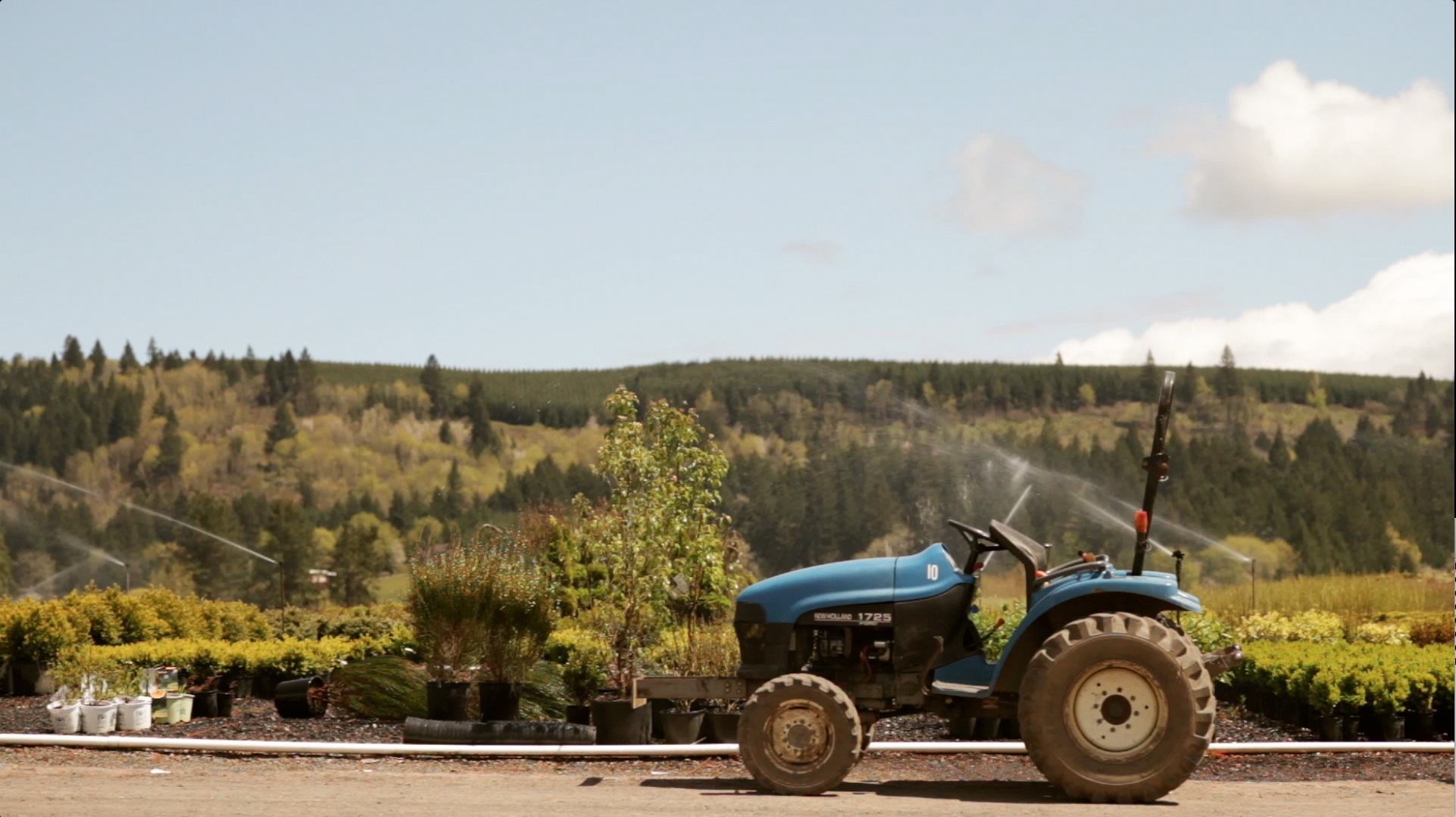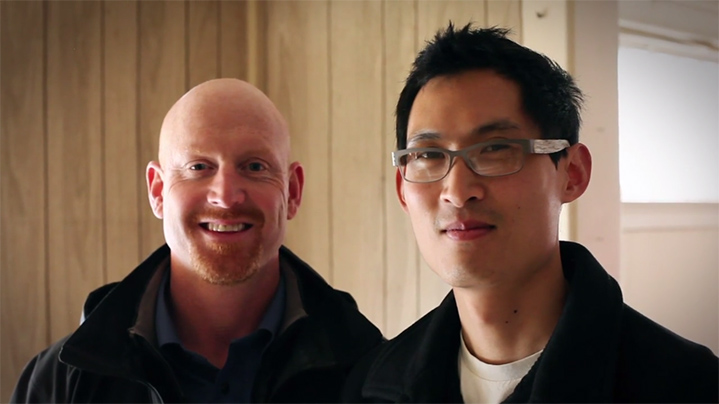Latest News
by Patrick Mazza on
The Soil Carbon Challenge is a “competition to see how fast land managers can turn atmospheric carbon into soil organic matter. If you want to find out how fast a human can run 100 meters, do you build a computer model, do a literature search, or convene a panel of experts on human physiology to make a prediction? No, you run a race. Or a series of them.”
by Bobby Hayden on
Each 1.8 degree temperature rise means 10 percent more in irrigation demands - a challenge for an industry whose primary energy use is pumping water. See how Oregon's nurseries are leading the way.
by Eileen V. Quigley on
The Town of Jackson, WY is well on its path to becoming a national leader in energy efficiency and renewable energy. With over four million annual visitors to the area, Jackson has the potential to educate millions of Americans about the value of investing in energy efficiency and renewable energy and pioneering a clean energy future.
by Anonymous on
If you want to find out how fast a human can run 100 meters, do you build computer model, do a literature search, or convene a panel of experts on human physiology to make a prediction? No, you run a race. Or a series of them. The Soil Carbon Challenge is an international as well as local competition to see how fast land managers can turn atmospheric carbon into water-holding, fertility-enhancing organic matter.
by Elizabeth Willmott on
The success stories of the Recovery Act's clean energy investment are visible across the country in numerous American cities. Recovery Act funding enabled a wide range of innovative projects in municipal and community-wide energy efficiency, clean energy, sustainable transportation, and other measures to cut energy consumption and greenhouse gas emissions.
by Ross Macfarlane on
The following, an excerpt of an open letter to BNSF CEO Matthew Rose, was published in Sustainable Business Oregon. We wanted to thank you for recently visiting the Northwest. We’re sorry that we didn’t have a chance to chat about the subject that brought you to our region: coal export.
by Bobby Hayden on
How Green Canopy Homes turns a profit, cuts the same carbon on average as one car permanently off the road, and employs approx.
by Rhys Roth on
On a marine wildlife cruise in Alaska recently I got to touch a sea otter pelt–it was so luxuriously soft my knees almost buckled with pleasure. A new study found that these critters are not only super-cuddly, they also play an outsized role in sucking up carbon from the atmosphere and storing it safely away in the sea.
by Peter and Pam Hayes on
In our three family-owned forests in the northern Oregon Coast Range, our work is guided by a simple belief: “If we take care of the land—the land will take care of us.” With climate change, we believe that “caring for the land” includes our playing a responsible role in maintaining the climate on which life—and the success of our tiny family business—depends.
by Eileen V. Quigley on
How does a city go about becoming carbon neutral? Communities in the Puget Sound are tackling the challenge of significant carbon reduction and looking at whether carbon neutrality is possible.
Give for a brighter future
Connect
Join our email list to learn about what we do and how to get involved.
Upcoming Events
Climatecast
“The clock is no longer just ticking, it is banging”
What does Kamala Harris' candidacy mean for the future of American clean energy and climate action? Plus: checking in on the successes of the federal IRA and Washington State's Climate Commitment Act





